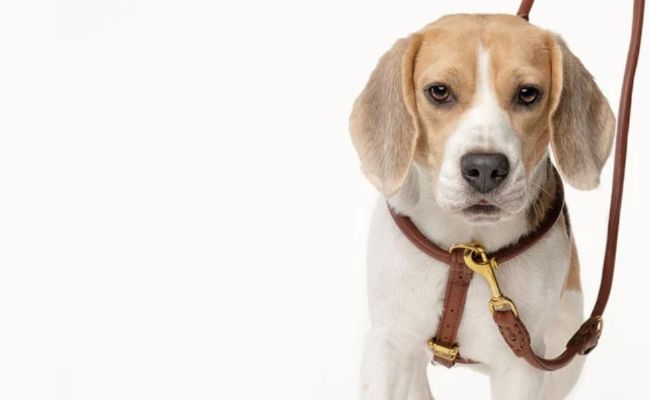
How To Measure Your Dog For A Harness
There are many dog harnesses out there. Getting the right one is imperative to keeping your furry friend safe. A wrongly-sized harness could lead to your dog slipping out of it and darting into the road. So, how do you get it right? Here, we list our tips to measure a dog for a harness, so that you and your pup can enjoy your walks together safely. Please note that the advice in this article is for dogs weighing up to 100 pounds.
Why Choose a Harness?
But first, let’s look at why you might want to choose a dog harness instead of a collar. Harnesses provide greater control than collars. As they are spread across your dog’s body, this also helps with pressure. If your dog pulls constantly, wearing a collar can cause pressure and even damage to their neck and windpipe. Harnesses are also harder to come off than collars. For older dogs, harnesses provide support if they are getting up after resting – pulling the harness gently can give your old friend support as he or she stands. That being said, collars also have their benefits, and depending on your dog’s size, type, and personality, a collar may be better suited to them. You will first want to find out the difference between a collar and a harness so that you can make the right choice when it comes to your dog.
Measuring Your Dog’s Girth
Measuring your dog’s girth is important in getting the size of the harness right. You want to measure your dog’s chest since that is the area that the harness will encompass. To do so, get your dog standing on his feet and wrap a tape measure around the broadest area of his chest. The measurement you get will determine the range of harness sizes appropriate for your dog.
Knowing your dog’s weight is also important. A dog with a girth of 30 inches can wear either a medium, large or extra-large size depending on his weight. Typically, 50-pound dogs can wear medium harnesses, 75-pound dogs are best suited to large harnesses, and 100-pound dogs should wear extra-large ones.
Getting the Right Size
A properly-sized harness allows you to position two fingers between your dog’s body and the harness. A good-sized harness should also not cause the skin around your dog’s shoulder and neck to bunch up. When you remove the harness, you should not see any indentations in your dog’s skin and fur.
If you notice that a harness has left your dog with indentations or bunched skin, you can either remeasure your dog, try out a different style, or go back to a collar for the time being.
Harnesses for Puppies?
If you’re looking for a more sustainable choice, wait until your dog has reached its full size before getting a harness. Puppies grow fast, and they can quickly wear out any harnesses you get for them when they’re still little.
Making the Right Choice
Take your time to pick the right harness for your dog. Walking your dog is one of the joys of having one, so it's best that you consider the various factors when it comes to picking a suitable harness for your furry friend.


